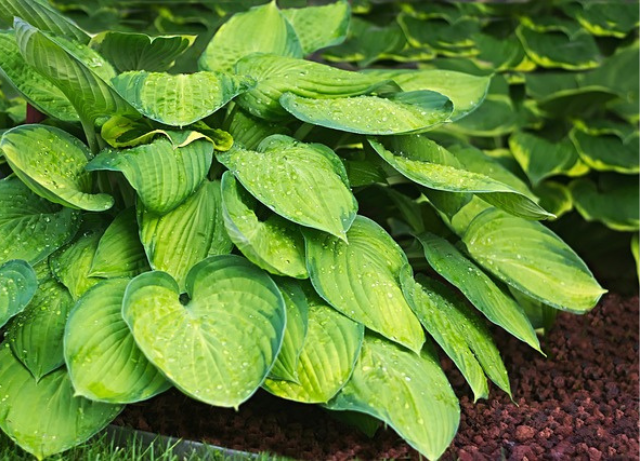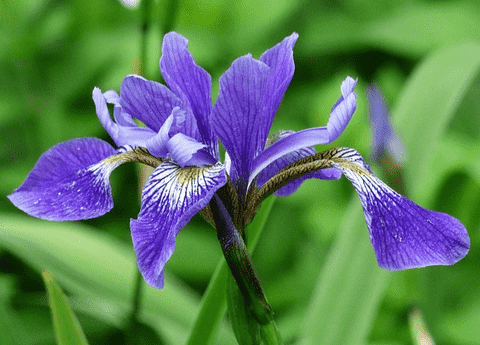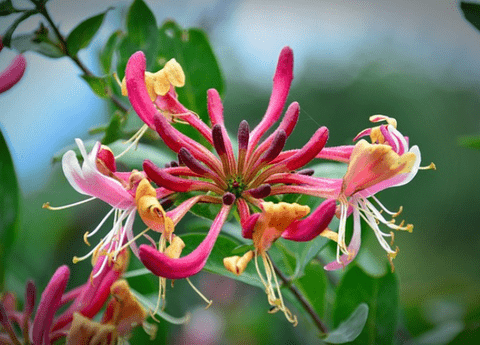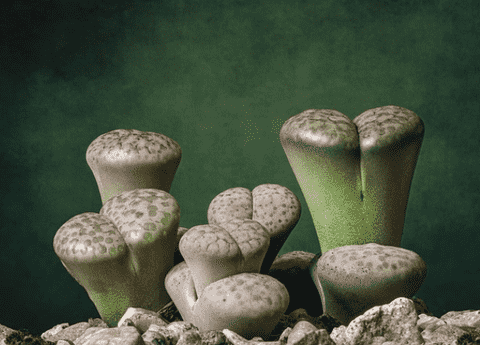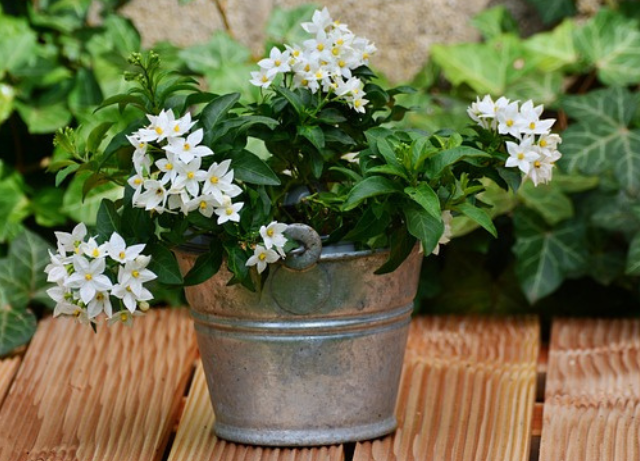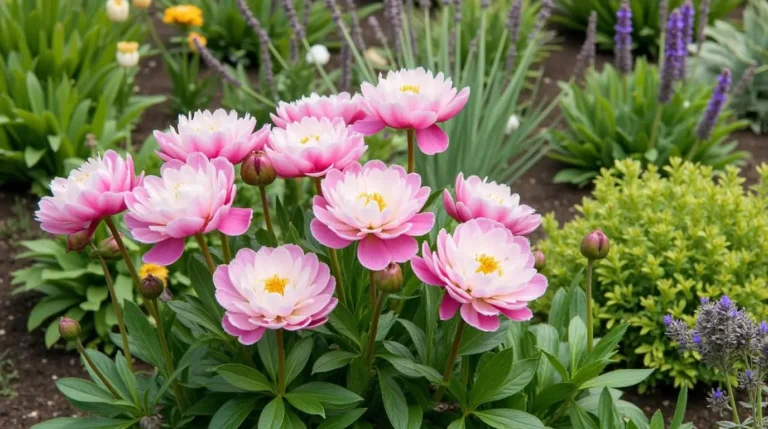A Beginner’s Guide to Hostas: Planting, Growing, and Seasonal Care
Hostas, with their lush foliage and variety of shades, are a staple in many gardens, known for their ability to thrive in shady spots where other plants may struggle. These robust perennials are visually striking and easy to maintain, making them an ideal choice for both novice and experienced gardeners. In this guide, we will delve into the essentials of planting, growing, and maintaining hostas throughout the seasons. Whether you’re looking to add a touch of green to a dim corner or create a vibrant garden bed, hostas can be a versatile and rewarding addition to your gardening repertoire.
Planting Your First Hostas
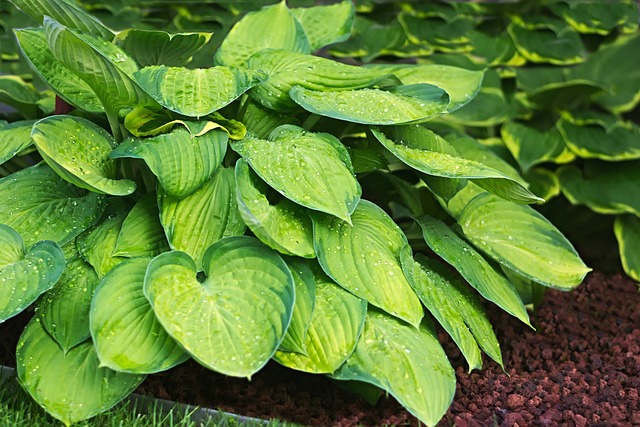
Choosing the Right Location
Selecting the perfect spot for your hostas is crucial for their growth and health. Hostas thrive in shaded or partially shaded areas, making them ideal for spots that receive filtered sunlight. Full sun can cause their leaves to scorch, especially in hotter climates, so aim for a location with morning sun and afternoon shade. Additionally, hostas prefer well-drained soil that retains moisture but does not become waterlogged. Before planting, test the soil’s drainage by digging a small hole and filling it with water; if it drains within a few hours, the location is suitable. Avoid planting hostas near trees with aggressive root systems that could compete for nutrients and water. By choosing the right location, you set the foundation for your hostas to flourish and become a vibrant part of your garden.
Preparing the Soil
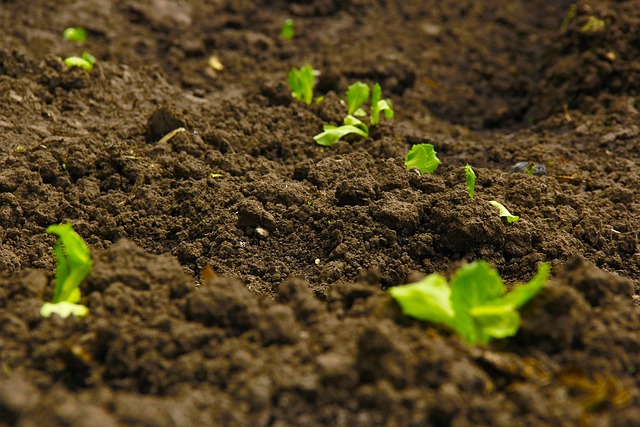
Proper soil preparation is vital for the successful growth of hostas. Start by clearing the area of any weeds or debris that could compete with your plants. Hostas prefer rich, well-drained soil with plenty of organic matter. To improve soil quality, incorporate compost or well-rotted manure into the top 12 inches of soil. This not only enriches the soil but also enhances its moisture-retaining capabilities. If your soil is heavy clay, consider adding sand or fine gravel to increase drainage. Conduct a soil pH test; hostas thrive in slightly acidic to neutral soil, with a pH range of 6.0 to 7.5. If needed, adjust the pH by adding lime to increase it or sulfur to decrease it. Once the soil is well-prepared, it will provide a nourishing environment for your hostas, promoting healthy root development and vigorous growth.
Planting Techniques
When planting hostas, timing and technique are key to ensuring their healthy establishment. Early spring or early fall are ideal times for planting, as the soil is cool and moist. Begin by digging a hole that is twice as wide and just as deep as the root ball of the hosta. This enables the roots to spread out with ease. Place the hosta in the hole, ensuring that the crown is level with the soil surface. Fill the hole with the enriched soil, gently pressing it around the roots to remove any air pockets. Water the plant thoroughly to settle the soil and provide initial moisture. Mulch around the base with a 2-3 inch layer of organic mulch, such as shredded bark or compost, to retain moisture and suppress weeds. Space multiple hostas at least 1 to 3 feet apart, depending on the variety, to allow for mature growth. Proper planting techniques set the stage for robust and healthy hostas.
Growing Healthy Hostas
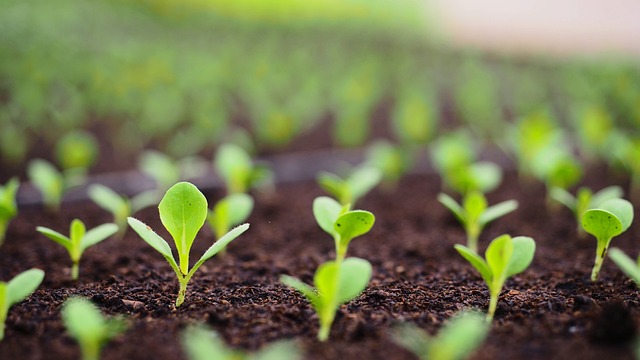
Watering and Fertilizing
Consistent watering is essential for the lush growth of hostas. These plants prefer evenly moist soil, so aim to provide about 1 inch of water per week, either through rainfall or supplemental watering. During dry spells, water deeply to ensure the moisture reaches the root zone. Avoid overhead watering to reduce the risk of fungal diseases; instead, use a soaker hose or drip irrigation system.
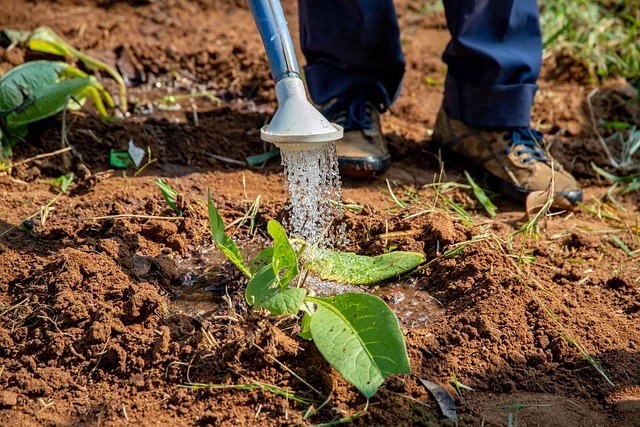
Fertilizing hostas helps maintain their vibrant foliage. In early spring, apply a balanced, slow-release fertilizer, such as a 10-10-10 formulation, following the package instructions. This initial feeding supports new growth. During the growing season, you can supplement with a liquid fertilizer every 4 to 6 weeks. However, avoid over-fertilizing, as this can lead to lush but weak foliage that is more susceptible to pests and diseases. Proper watering and fertilizing practices will ensure your hostas remain healthy and visually appealing throughout the growing season.
Managing Pests and Diseases
Hostas, while hardy, can occasionally fall prey to pests and diseases. Slugs and snails are the most common pests, often leaving large, irregular holes in the leaves. To manage them, use organic slug pellets or set up beer traps. Placing crushed eggshells or diatomaceous earth around the plants can also deter these pests.
In terms of diseases, hostas can be susceptible to fungal infections like crown rot and leaf spot. Ensure proper air circulation by spacing plants adequately and avoid overhead watering to reduce humidity around the leaves. If you notice any infected leaves, remove them immediately to stop the disease from spreading. Additionally, practicing good garden hygiene by cleaning up fallen leaves and debris can minimize the risk of infections.
By staying vigilant and taking preventive measures, you can effectively manage pests and diseases, ensuring your hostas remain healthy and beautiful throughout the growing season.
Seasonal Care Tips
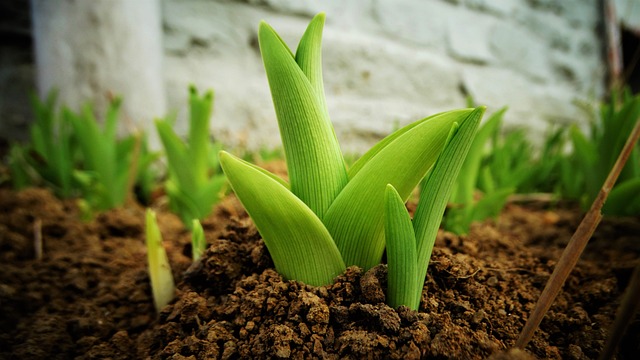
Spring and Summer Care
Spring and summer are critical periods for nurturing your hostas. In early spring, remove any mulch or debris that accumulated over winter to prevent rot and allow new shoots to emerge. Apply a slow-release fertilizer to fuel the upcoming growth spurt. As hostas begin to grow, monitor for slugs and snails, implementing control measures early to keep damage at bay.
Watering is vital during the summer months. Hostas require consistent moisture, so ensure they receive about 1 inch of water per week. During hot spells, increase the watering frequency but avoid waterlogging the soil. Mulching aids in preserving soil moisture and maintaining cooler root temperatures.
Regularly deadhead spent flowers to focus the plant’s energy on foliage growth. Also, keep an eye out for signs of pests and diseases, addressing issues promptly. By providing attentive care in spring and summer, you help your hostas thrive and maintain their lush, attractive appearance throughout the growing season.
Fall and Winter Preparation
As fall approaches, it’s time to prepare your hostas for the colder months. Begin by gradually reducing watering as the plants enter dormancy. Once the foliage starts to yellow and die back, you can cut it down to the ground. This practice not only keeps your garden neat but also helps prevent pests and diseases from surviving in the leftover debris over winter.
Apply a layer of mulch, about 2-3 inches thick, around the base of the hostas to insulate the roots against temperature fluctuations. Use organic materials like shredded bark or straw for this purpose. In regions with harsh winters, consider adding an additional layer of mulch or even covering the plants with a frost cloth for extra protection.
Avoid fertilizing in the fall, as this can stimulate new growth that is vulnerable to frost damage. By taking these steps, you ensure your hostas are well-prepared to survive the winter and emerge healthy and strong in the spring.

